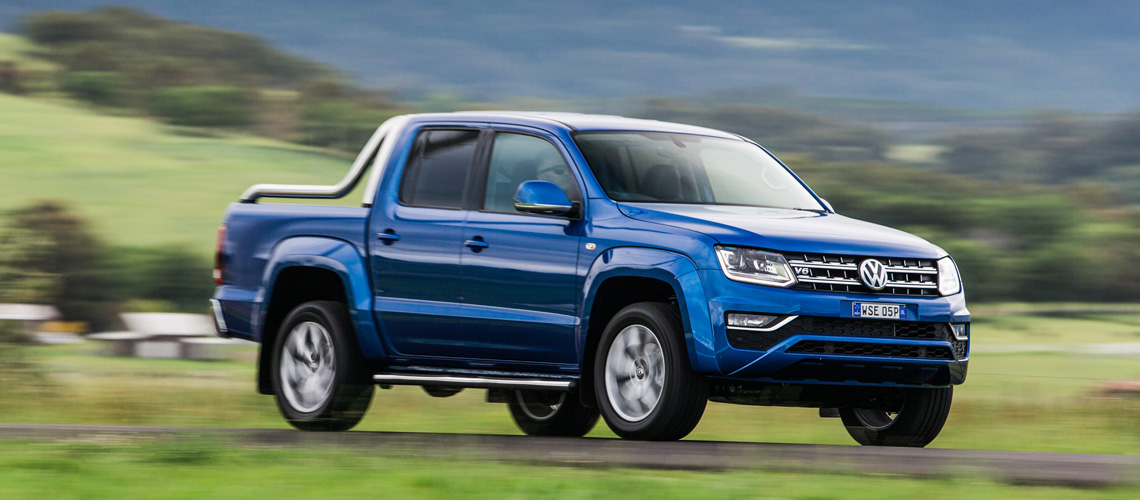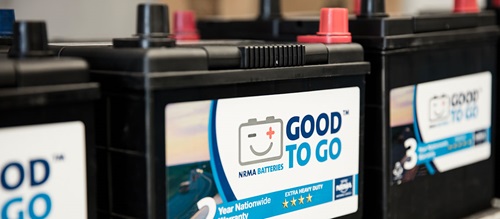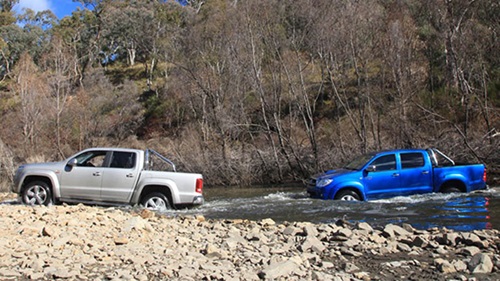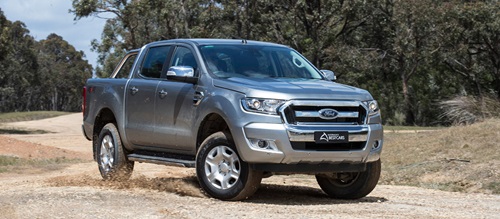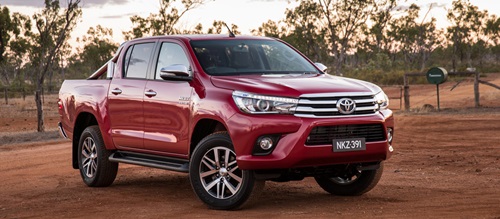What do you get?
Because dual-cab utes are now status symbols and family cars as well as workhorses, the days of scant features lists are gone. The Highline has dual-zone climate control, cruise control, a touchscreen multimedia display, dusk sensing headlights, rain sensing wipers, parking sensors, rear view camera, leather steering wheel, 18-inch alloy wheels, bi-xenon headlamps, front and rear fog lamps, stainless steel side steps, a full size alloy spare, and tyre pressure monitoring.
The Ultimate gets all of the above plus 19-inch alloys, a premium touchscreen display, aluminium-finish pedals, paddle shifters, leather appointed seats, 14-way adjustable driver's seat, heated front seats, illuminated side steps, a different sports bar over the tray and slimline weather shields.
The new Amarok has not been ANCAP rated, which is rather unusual, since safety was a big selling point for the original. It does have adequate features for a commercial vehicle, including airbags front and side for driver and front-seat passenger, electronic stability control, EBD, braking assistance, multi-collision braking, and active roll-over prevention.
The options and dealer-fitted accessories lists are typically extensive and include roof bars, a towbar, a wiring kit with trailer connector, a range of tonneaus and covers, different alloy wheels, underbody protection for the fuel tank (engine protection is standard), leather upholstery, and metallic or pearlescent paint.
What's changed from the previous model?
The most notable change, of course, is the turbo-diesel V6 engine. It's the 3.0-litre TDI unit common to VW's Touareg SUV, but it has been modified for the Amarok. It puts out 165kW and 550Nm (even more on overboost), which makes it by far the most powerful ute in its class; the Holden Colorado is second with 147kW and 500Nm. With more power comes the need for better stopping, and Volkswagen now has disc brakes on all four wheels, which it claims is a first for the segment.
A revised grille and tail lights are the only obvious alterations to the exterior styling, while inside a new upper dashboard and touchscreen are the key differences. It remains an elegant thing, and one of the most stylish utes available, but VW's 'ain't broke, don't fix it' approach to the look of its vehicles is becoming a little predictable.
The new Amarok also has plenty of technology compared to the outgoing models, its 6.3-inch touchscreen featuring sat nav, Apple CarPlay and Android Auto compatibility, digital radio and Bluetooth phone and audio connection as standard.
One of the niftier additions is a cargo area light, which is mounted into the styling bar.
What's it like to drive?
The launch drive program took the Amarok over a wide variety of roads, highways and tracks between Canberra and Cooma. The quoted power and torque figures don't lie: this engine sets a new benchmark for the class. It is especially impressive from a standing start, with no lag or hesitation and a huge surge of torque from a mere 1500rpm. It has plenty of thrust higher up the range, too, and frankly there is daylight between this ute and its nearest competitor. The eight-speed gearbox works a treat, too – it never gets muddled or leaves the driver hanging, not even during erratic acceleration.
With full time 4x4 and an off-road mode that optimises ABS, ESP, transmission and hill descent control, rhe V6 Amarok made a water crossing and steep off-road climb with aplomb and it can certainly handle anything a tradie would throw at it. On regular roads the ride is a bit jiggly and skittish with an empty tray: a 300kg payload gets rid of the skittishness but not the jiggles. The Amarok has very pliant suspension, however, and passenger comfort is exceptional. The only real letdown is the steering, which has excessive power assistance to the point where it affects the driver's sense of control. That's far from ideal, given that utes are by nature top-heavy and tail happy.
We did not get to do an extended off-road drive or tow test and, given the light steering, it will be interesting to see what happens to the handling when there is some weight over the tow ball. The V6 Amarok is rated to tow 3000kg braked and 750kg unbraked and can take a payload of 911kg (Highline) or 864kg (Ultimate). Its claimed fuel consumption is 7.8L/100km, impressive indeed for an engine that offers unrivalled performance.
The spacious cabin is quiet, as one expects from VW. Some plastics on the dashboard and doors are a bit cheap and scratchy and seem at odds with the nice-to-touch leather steering wheel. The front seats could use more padding on the base and fall into the current European trap of endless adjustment options at the expense of proper shaping, but in general comfort is more than satisfactory, with a super-wide centre arm rest (although the storage inside it is tiny). There is not a tremendous amount of leg room in the rear seats, but foot room is good. Technically the Amarok can accommodate three in the back, although more than two burly tradies for anything other than a short jaunt would be uncomfortable. There is a cup holder that folds away when the centre seat needs to be used, however, which is a clever idea. The Amarok has good vision all around, which is not always guaranteed in a ute.
Should I buy one?
A back-to-back test drive of the Amarok with any of its competitors will make a convincing case for purchase (although it needs to, given the high asking price and inevitable concerns about ongoing costs and reliability). As a combined package of power, comfort, refinement and load space, the new Amarok is almost without peer.







